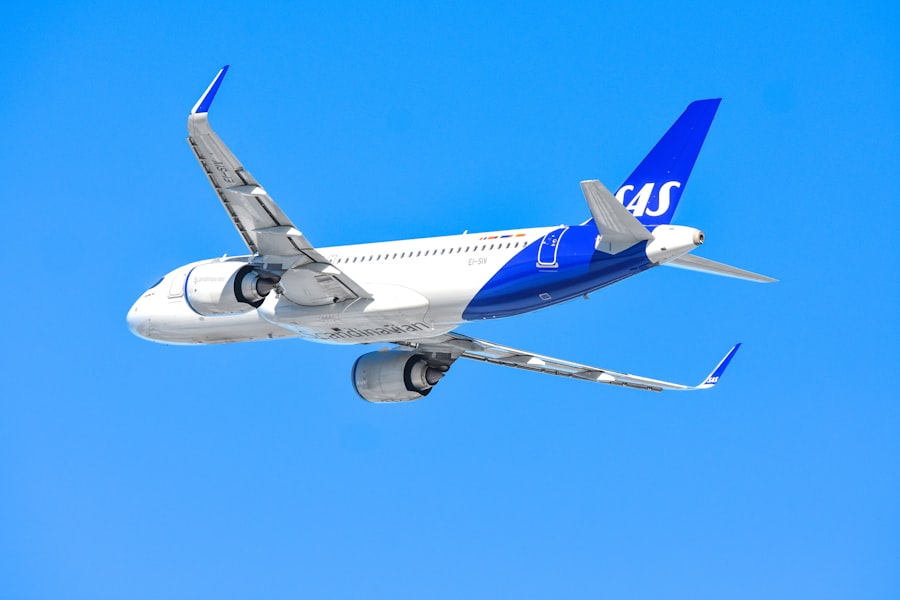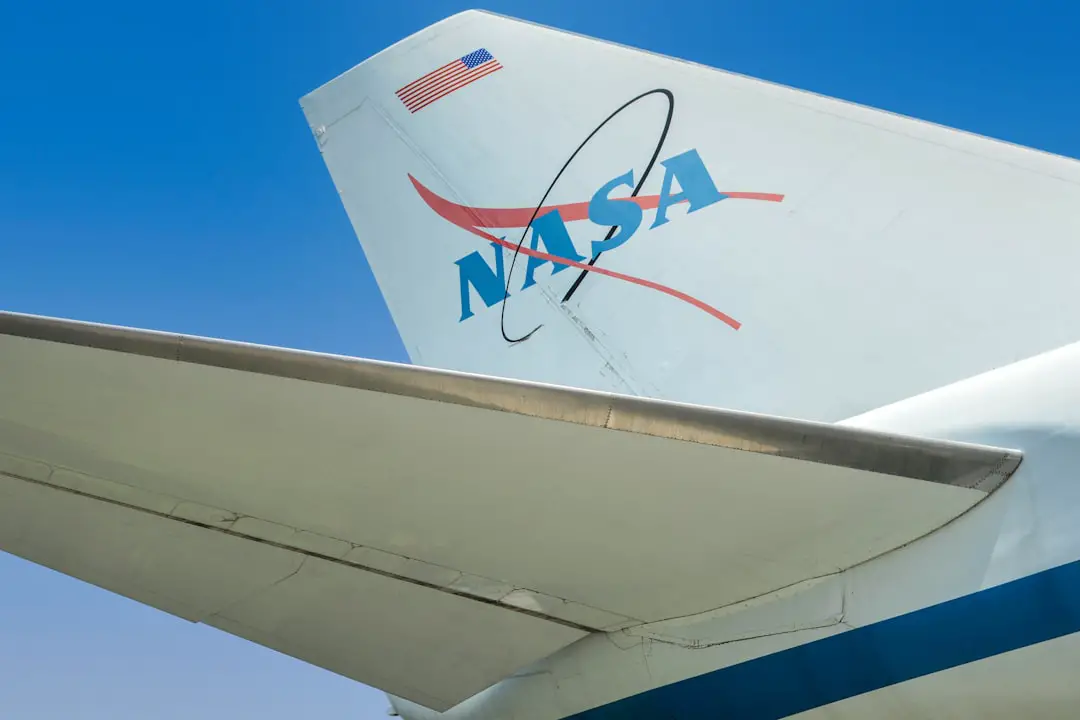Flair Airlines has emerged as a significant player in the Canadian aviation landscape, particularly in the realm of low-cost travel. Founded with the vision of making air travel accessible to a broader audience, Flair Airlines operates under the ultra-low-cost carrier (ULCC) model, which emphasizes affordability while maintaining essential services. This approach has resonated with travelers seeking budget-friendly options without compromising on safety and reliability.
As the demand for economical travel options continues to rise, Flair Airlines has positioned itself as a viable alternative to traditional carriers, catering to both leisure and business travelers alike.
With a focus on expanding its route network and enhancing operational efficiency, Flair Airlines is poised to play a pivotal role in shaping the future of air travel in Canada.
This article delves into the history, fleet, business model, and future prospects of Flair Airlines, highlighting its contributions to the industry and the challenges it faces in an ever-evolving market.
Key Takeaways
- Flair Airlines is a Canadian ultra-low-cost carrier that offers affordable air travel options to passengers.
- The airline was founded in 2005 and has since grown to become a key player in the Canadian aviation industry.
- Flair Airlines operates a fleet of Boeing 737 aircraft and serves various destinations across Canada and the United States.
- The ultra-low-cost carrier model allows Flair Airlines to offer budget-friendly fares by charging for additional services and amenities.
- Flair Airlines’ competitive advantage lies in its affordable pricing, expanding route network, and commitment to providing a positive customer experience.
History and Background of Flair Airlines
Flair Airlines was established in 2005, initially operating as a charter service under the name Flair Air. The airline’s early years were marked by a focus on providing charter flights for various clients, including sports teams and corporate groups. However, it wasn’t until 2017 that Flair Airlines rebranded itself as a scheduled passenger airline, embarking on a new journey to offer low-cost flights across Canada.
This strategic pivot was driven by a growing demand for affordable air travel options, particularly among budget-conscious travelers. The rebranding was accompanied by a significant expansion of its route network, allowing Flair Airlines to connect major cities and underserved markets across Canada. By leveraging its charter experience and operational expertise, Flair Airlines quickly gained traction in the competitive landscape dominated by larger carriers.
The airline’s ability to adapt to changing market conditions and consumer preferences has been instrumental in its growth trajectory, enabling it to carve out a niche in the Canadian aviation sector.
Flair Airlines’ Fleet and Destinations

Flair Airlines operates a modern fleet primarily composed of Boeing 737 aircraft, known for their efficiency and reliability. The choice of aircraft is strategic, as the Boeing 737 is one of the most widely used commercial jets globally, allowing Flair Airlines to benefit from economies of scale in maintenance and operations. The airline’s fleet is designed to optimize fuel efficiency while providing passengers with a comfortable flying experience.
In terms of destinations, Flair Airlines has expanded its reach significantly since its inception as a scheduled carrier. The airline serves numerous routes across Canada, connecting major urban centers such as Toronto, Vancouver, Calgary, and Edmonton with smaller markets that are often overlooked by larger airlines. This focus on underserved routes not only enhances accessibility for travelers but also stimulates local economies by promoting tourism and business travel.
Additionally, Flair Airlines has begun exploring international destinations, further broadening its appeal to travelers seeking affordable options beyond Canadian borders.
The Ultra-Low-Cost Carrier Model
| Metrics | Definition |
|---|---|
| Average Seat Density | The number of seats per aircraft, typically higher in ultra-low-cost carriers |
| Ancillary Revenue per Passenger | The additional revenue generated from services like baggage fees, seat selection, and onboard purchases |
| Load Factor | The percentage of available seats that are filled with passengers |
| Cost per Available Seat Mile (CASM) | The cost to fly one seat one mile, a key metric for measuring airline efficiency |
| Revenue per Available Seat Mile (RASM) | The revenue generated for flying one seat one mile, a measure of airline’s revenue generation |
The ultra-low-cost carrier model employed by Flair Airlines is characterized by its focus on minimizing operational costs while maximizing revenue through ancillary services. This business model allows the airline to offer significantly lower base fares compared to traditional carriers. By charging separately for services such as checked baggage, seat selection, and onboard refreshments, Flair Airlines can keep ticket prices competitive while still generating revenue from additional services.
This model has proven effective in attracting price-sensitive travelers who prioritize cost over frills. However, it also requires a shift in consumer expectations regarding air travel. Passengers must be prepared to navigate a more a la carte experience, where they pay only for the services they choose to use.
Flair Airlines’ Competitive Advantage
Flair Airlines’ competitive advantage lies in its ability to offer low fares while maintaining operational efficiency. By focusing on point-to-point routes and utilizing secondary airports when possible, the airline can reduce costs associated with airport fees and congestion. This strategy not only lowers operational expenses but also enhances the overall travel experience for passengers by minimizing delays and improving turnaround times.
Moreover, Flair Airlines has cultivated a strong brand identity centered around affordability and accessibility. The airline’s marketing efforts emphasize its commitment to providing value for money, resonating with travelers who seek budget-friendly options without sacrificing safety or reliability. Additionally, Flair’s growing presence in underserved markets positions it favorably against larger carriers that may overlook these routes due to lower demand.
Customer Experience and Services Offered

While Flair Airlines operates under an ultra-low-cost model, it strives to provide a satisfactory customer experience within that framework. Passengers can expect a no-frills service that prioritizes efficiency and affordability. The booking process is straightforward, with an easy-to-navigate website that allows travelers to customize their itineraries based on their preferences.
In-flight services are designed to cater to the needs of budget-conscious travelers. While complimentary meals are not offered, passengers can purchase snacks and beverages during the flight. Additionally, Flair Airlines provides options for seat selection and priority boarding for those willing to pay extra for added convenience.
The airline’s focus on transparency in pricing ensures that customers are aware of any additional costs upfront, allowing them to make informed decisions about their travel plans.
Flair Airlines’ Impact on the Canadian Aviation Industry
Flair Airlines has made a notable impact on the Canadian aviation industry by challenging the status quo dominated by legacy carriers. Its entry into the market has intensified competition, prompting established airlines to reevaluate their pricing strategies and service offerings. As more travelers gravitate toward low-cost options, traditional carriers have been compelled to introduce their own budget-friendly fare classes or enhance their ancillary services.
Furthermore, Flair Airlines has contributed to increased accessibility in air travel across Canada. By serving smaller markets that were previously underserved or overlooked by larger airlines, Flair has opened up new opportunities for residents and businesses in these regions. This expansion not only promotes tourism but also fosters economic growth by facilitating easier access to major urban centers for both leisure and business purposes.
Challenges and Opportunities for Flair Airlines
Despite its successes, Flair Airlines faces several challenges that could impact its growth trajectory. One significant hurdle is the highly competitive nature of the aviation industry in Canada. With established carriers continuously adapting their strategies to counter low-cost competition, Flair must remain agile and innovative to maintain its market position.
Additionally, fluctuations in fuel prices can significantly affect operational costs, necessitating effective fuel management strategies. On the other hand, opportunities abound for Flair Airlines as it continues to expand its route network and explore new markets. The increasing demand for affordable travel options presents a favorable environment for growth.
Moreover, as remote work becomes more prevalent, there is potential for increased leisure travel as individuals seek affordable getaways. By capitalizing on these trends and continuing to refine its operational efficiencies, Flair Airlines can solidify its position as a leading low-cost carrier in Canada.
Flair Airlines’ Commitment to Safety and Sustainability
Safety is paramount in the aviation industry, and Flair Airlines places a strong emphasis on maintaining high safety standards throughout its operations. The airline adheres to rigorous safety protocols and regulatory requirements set forth by Transport Canada and other governing bodies. Regular maintenance checks and training programs for crew members ensure that safety remains at the forefront of its operations.
In addition to safety measures, Flair Airlines is increasingly focused on sustainability initiatives aimed at reducing its environmental footprint.
The airline recognizes the importance of addressing climate change concerns within the aviation sector and is exploring ways to enhance fuel efficiency and reduce emissions. By investing in modern aircraft technology and implementing sustainable practices in its operations, Flair aims to contribute positively to environmental stewardship while continuing to provide affordable travel options.Future Plans and Expansion for Flair Airlines
Looking ahead, Flair Airlines has ambitious plans for expansion that align with its growth strategy. The airline aims to increase its fleet size and expand its route network both domestically and internationally. By adding more aircraft to its fleet, Flair can enhance capacity and frequency on existing routes while exploring new destinations that cater to emerging travel trends.
Additionally, Flair Airlines is keen on leveraging technology to improve operational efficiency and enhance customer experience. Investments in digital platforms for booking and customer service can streamline processes and provide travelers with greater convenience. As the airline continues to adapt to changing market dynamics and consumer preferences, it remains committed to delivering value-driven air travel options that resonate with budget-conscious travelers.
Flair Airlines’ Role in Canada’s Travel Industry
Flair Airlines has established itself as a formidable force within Canada’s travel industry by championing affordable air travel through its ultra-low-cost carrier model. Its commitment to expanding access to air travel while maintaining operational efficiency has not only reshaped consumer expectations but has also stimulated competition among established carriers. As it navigates challenges and seizes opportunities for growth, Flair Airlines is poised to play an increasingly vital role in shaping the future of air travel in Canada while remaining dedicated to safety and sustainability initiatives that benefit both passengers and the environment alike.
According to a recent article on TakeTravelInfo, the ownership of Flair Airlines has been a topic of discussion in the travel industry. The article explores the various stakeholders involved in the airline and how they have influenced its operations. This insight provides a deeper understanding of who truly owns Flair Airlines and how that ownership structure impacts the airline’s services and offerings.
FAQs
What is Flair Airlines?
Flair Airlines is a Canadian low-cost airline that operates scheduled passenger services in Canada and to the United States, Mexico, and the Caribbean.
Who owns Flair Airlines?
Flair Airlines is privately owned by Jim Rogers, a Canadian entrepreneur and aviation industry veteran. He acquired the airline in 2019.
Is Flair Airlines a publicly traded company?
No, Flair Airlines is a privately held company and is not publicly traded on any stock exchange.
Does Flair Airlines have any major investors or shareholders?
As a privately owned company, Flair Airlines does not have publicly disclosed major investors or shareholders.
What is the current status of Flair Airlines?
As of the latest information available, Flair Airlines continues to operate scheduled passenger services and has announced plans for expansion and fleet growth.
